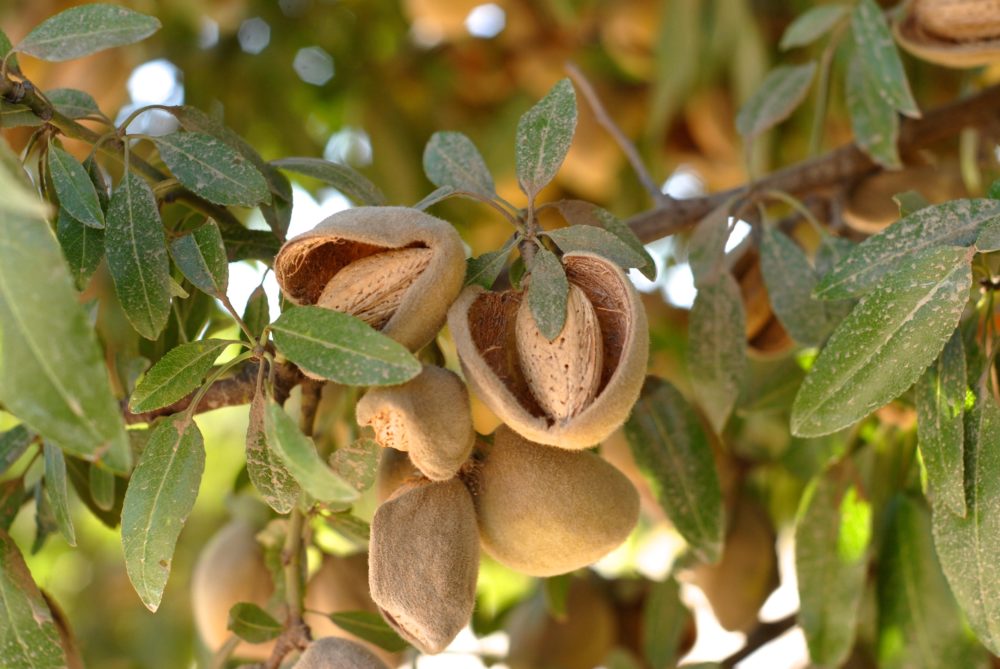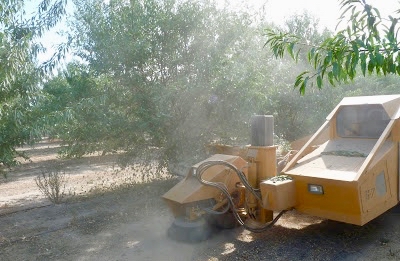Almond Harvest Underway
A Whole Lot of Almond Shaking is Going On Throughout California
By Patrick Cavanaugh, Editor
It’s a busy time of year for the almond industry as harvest is going strong. It starts in Kern county and moves all the way north or Chico. It will take nearly two months to get across 1.4 million acres, and it’s going to be about a 2.2 billion pound crop, which is down 3.5% from 2018 where the production was about 2.28 billion pounds. It was less than ideal weather conditions in the spring, which caused us dip in production.
However California remains the best place in the world to grow almonds. It’s all about the Mediterranean climate in California— long hot summers with the rain and cold in the winter, ideal for almond trees.
Navel Orangeworm is a critical pest in almonds, pistachios and in a lesser way for walnuts. And they continue to be a significant pest during almond harvest season as the adult moths can lay eggs, which can pupate later in almonds turning them off-grade. Once shaking is done and the almonds are picked up out of the field, it’s important to get that crop out of the orchard as soon as possible to minimize navel orange worm infestation.
Almonds are the first tree nut to be harvested. Later on, pistachios will start, following that we’ll be walnuts.













